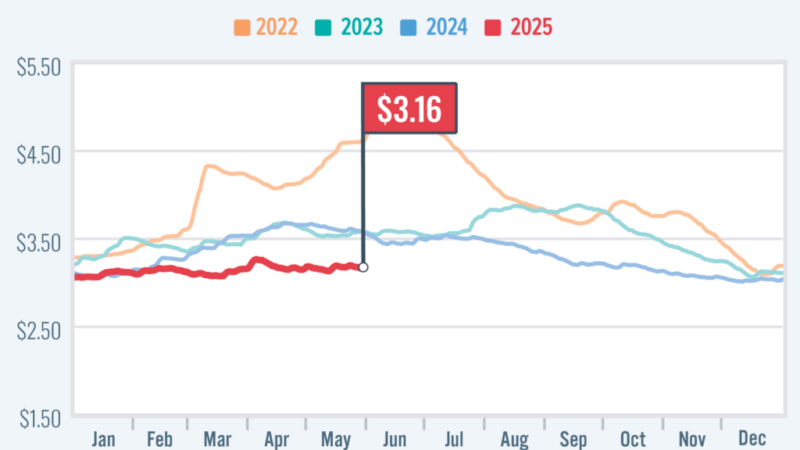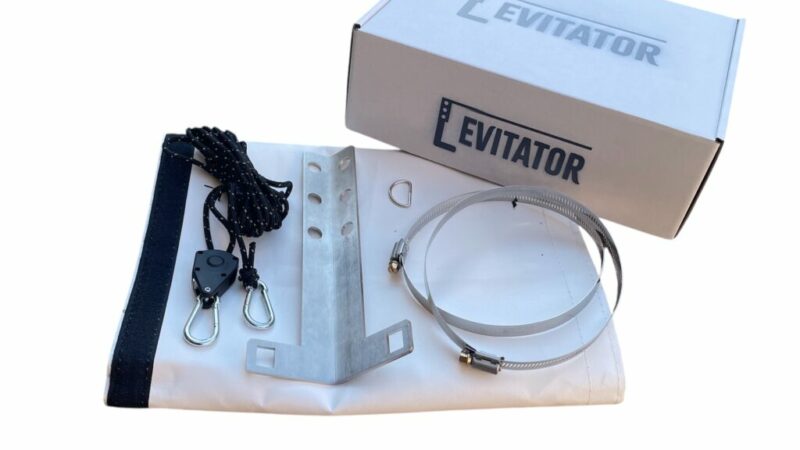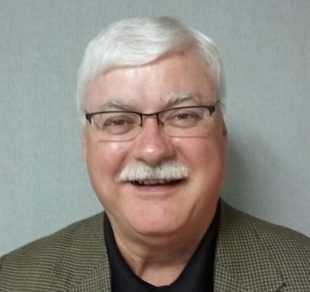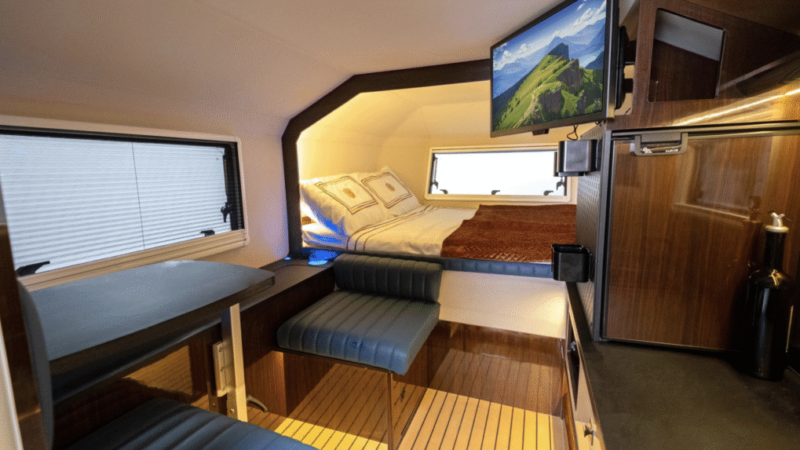Webinar: RV Dealership Acquisitions in a State of Imbalance – RVBusiness – Breaking RV Industry News
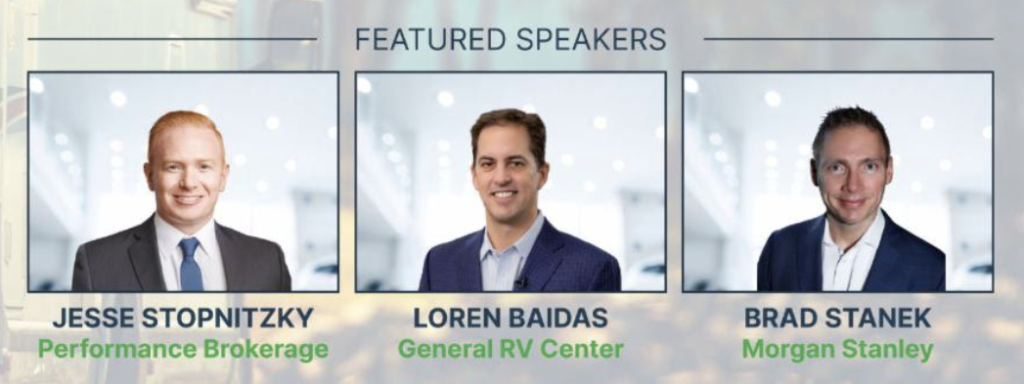
Entering the 2020 decade, a dealership with built-up goodwill, a history of positive sales and a nice location could fairly easily expect to fetch a decent deal on the open market, leaving both the buyer and the seller feeling pretty good about striking a mutually beneficial deal.
But today, things are becoming a bit more difficult as economic conditions and the hangover effects of COVID have thrown that long-held standard out-of-whack.
All of this means what could be a pleasant transition into retirement in many cases has become a stressful and agonizing process if not properly prepared for.
“Obviously the last four years has been a bit of a rollercoaster,” said Loren Baidas, CEO of General RV, who was a guest on the “Navigating Your RV Dealership Sale” webinar with Jesse Stopnitzky of Performance Brokerage Services and Brad Stanek of The Stanek-Haack Group at Morgan Stanley. “Coming out of COVID, life has been different. Trying to figure out what success looks like in a market where customer demand is down a little bit, markets are down a little bit, you have to be sure you’re realistic about what business is today.
“People don’t spend money on these types of items when they’re uncomfortable where their wealth is.”
All three of the speakers on the panel said they felt confident in the long-term health of the industry, but each acknowledged that the market was uncertain when looking at potential dealership transactions in the near future.
Baidas, who has largely been expanding General RV through both greenfield projects as well as acquisitions, said it is important for dealers who want to sell to set themselves apart from others.
He said having inventory in a good position is a good way to catch a buyer’s eye. Getting out from under a large, aging inventory is always a benefit in any situation.
“It really comes back to getting back to the basics,” Stanek said. “Great things have happened over the past few years, but things are different now and we’ve got to adapt.”
Stopnitzky reinforced the idea of standing out and showing what makes your business special before it comes time to sell.
He said when evaluating a dealership, Performance Brokers looks at activity and volume as well as value.
In 2022, Performance was involved in the sale of 92 dealerships. There were 84 sales in 2023 and 55 so far this year.
“The bottom line is, levels of activity and volume are down and the driving factor is profitability, of course,” he said. “We’re seeing a smaller buyer pool given the challenges of the retail environment, the economy. We are seeing more dealers focusing on internal optimization as opposed to external growth.”
Still, larger dealer groups are still looking for strong dealerships to acquire and are especially interested in acquiring regional locations.
Stopnitzky said buyers realize that they can’t overlook when such a dealership goes on the market because it may be another decade or generation before a well-known dealership with a strong family name hits the market again.
Stanek said the Gross Domestic Product (GDP), while not negative, is only 2% and other economic indicators are not sparkling. Interest rates remain high, floorplan rates remain high and consumer loans also remain high.
One of the factors in determining the value of a dealership is earnings. The economy isn’t going to boost earnings.
“It’s you having that growth mindset if you’re not looking to exit now, and increasing market share maybe through acquisition and maximizing F&I – taking care of what you can be doing within your dealership,” Stanek said.
From the buyer standpoint, the key points are indeed value, according to Baidas.
He said his company is looking to make good short-term investments that will have positive effects long term.
He said General likes to have dealerships on expressways, so when that isn’t the case, the company is looking for nearby properties where the dealership could move in the future.
Brands also are important to General, he added.
All of those are important selling points, but Stopnitzky points to the changing nature in how things are measured due to the COVID years and fluctuations in profitability.
“The challenge with valuations today is the inability to build a reliable forecast based on historic data,” he said. “Before the pandemic, the industries we serviced you could use a straight three-year average multiple because we had consistency. From 2020 to 2022 we all knew it was unsustainable, but now it is accepted as an anomaly. More than ever before, buyers need to build up their proforma and they need to rely on their projections. The modern track record is proving itself to be irrelevant.”
As for General, Baidas said the plan is still for growth where it makes sense, but he has this point of advice or anyone looking to sell, but who may not be totally convinced.
“If you truly do want to sell your business, the key to it is work,” he said. “If you can get your business to the point where it is running the best that it can, as efficient as you can and as profitable as you possibly can, that’s obviously the goal. But if you get that, you might honestly get to the point where you don’t want to sell because it’s finally running and operating at a high level as well.”


